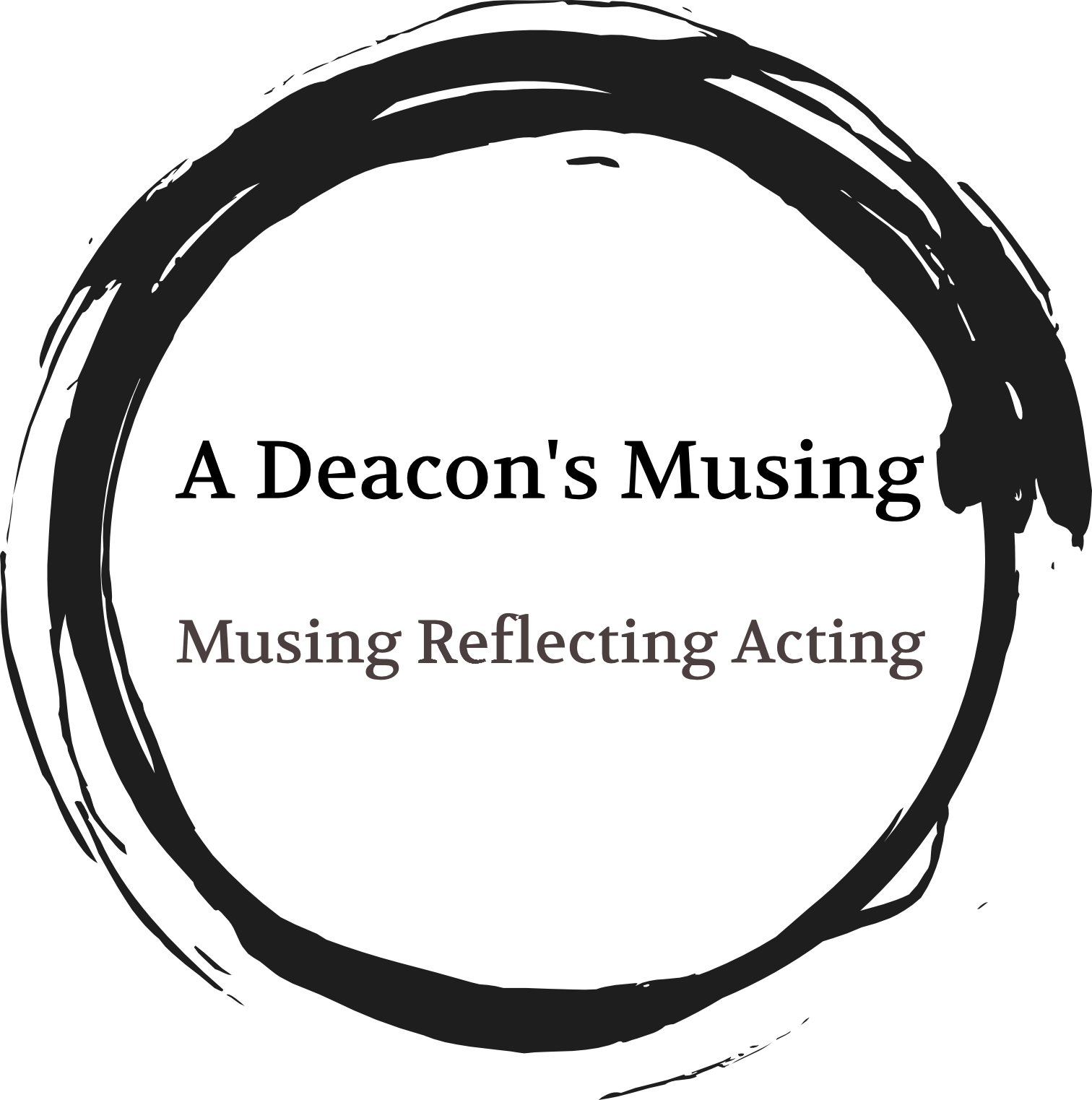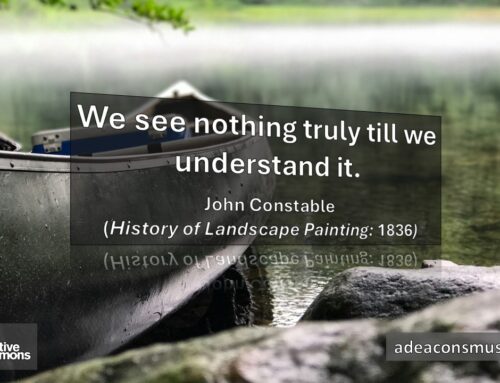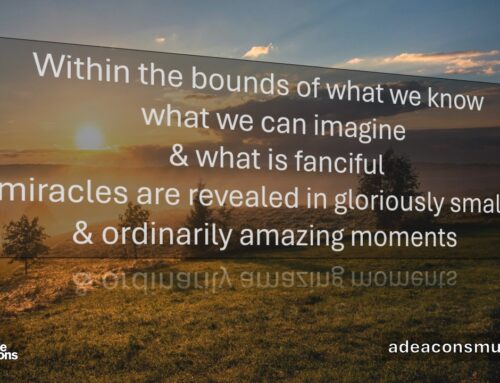I am most fortunate in the ministry in which I find myself. A significant portion of my role falls under the umbrella of leadership. Though that may seem like a broad-stroke, maybe even ambiguous, description, what it means to me is that I get to think about, reflect upon, engage in wonderful conversations and imagine practical ways to nurture great leadership in the church!
Connected – and just as importantly – I play with tangible ways that leadership links the church to the future. What, therefore, may we need to consider as the church imagines its place in society 10, 20 years from now and beyond? Just as fortunately, I recently had one of those great conversations … which of course got me to musing … Thus, the next few blogs about leadership & the church will explore the following:
From Sage to Guide: Nimble in Chaos
In 2007-8, I was involved with The United Church of Canada's (UCC) exploration of the state of the church. In particular, its examination of how things looked in regard to its relationship with secular culture. In many of these explorations, though an admitted generality, there was a fairly consistent insight: the church was in a modernist place, while secular Canada was postmodernist. It was also recognised that many of society's anchors – from church to universities – saw the world through a modernist lens, whereas the culture at large was postmodernist.
For those who have read A Deacon's Musing (ADM) for sometime, this is not new to you. Even for those for whom this is new, regardless of organised church experience, I think it is fair to acknowledge that there is shared recognition that there is a significant cultural difference between many 'Mainstream' Protestant denominations and the culture that surrounds it. In the first blog of this leadership series, I began to use the terms 'inside' and 'outside' to reflect the academic terms of modernity and postmodernity. I recognise it is not a perfect parallel. This became clear to me on account of some helpful conversations that have occurred during the writing and subsequent posting of that initial musing. That having been said, I think that the general nature of the metaphor proves more useful than naught.
There are many things that are different now in respect to the inside and outside context in which most churches find themselves. The information that the UCC was gathering, as early as 2007, indicated that there were significant shared values between those in the church and those beyond. The challenge then and now, remains how to share that connexion.
In fact, I was recently reminded of this when I engaged in a discussion about the ADM democracy series with some secular and humanist friends. Though we were clearly on the 'same page' about democracy, it was evident that how I was being heard was (somewhat) limited by my religious institutional context. We worked through it … and it was a most rich conversation. It took time and commitment, however, from all of us to listen past our assumptions.
Just as there are assumptions looking from the outside in, there are just as many within when talking about the life of the faith community or reflecting on the world beyond. One of the important insights that arose in 2007 – and remains relevant – is the differences in the understanding of leadership. Specifically, how the church understands leadership and what might be expected of such a role outside.
For those outside, looking in, one of the catchy phrases to describe leadership in the church has been "the sage from the stage." I admit that there are likely assumptions born from a secular perspective in this, but what is important isn't whether or not it is true. It is that is how leadership, in the church, is perceived from outside. Though those inside might celebrate the professional and educated aspect that comes from the seminary model of education, those on the outside simply see it as perpetuating a system of control and judgement. Those outside do not want to be controlled …
For those outside, therefore, leadership should be inspiring and exciting. engaging and relational. Again, that is not to say those inside do not agree with that. As we discussed in the first blog, these parallels get lost in translation. In contrast to the "sage from the stage" critique looking in, those on the outside want someone who is a "guide on the side." Someone to inspire and nurture, to help individuals and communities make their own decisions, find their passions and discern subsequent actions that are required to live them out. A leader who will help them get from A->B, but won't assume or take on the responsibility of making it happen for them.
If you are looking out from the inside right now, let me highlight this is not about being right or wrong. The challenge is that this is just one of the ways that those looking in see and experience institutional Christian communities. To change that perception, to begin to evangelise in this new context, requires of us to appreciate that significant difference. Otherwise, and this is the difficult reality, it will not matter to those on the outside. Those beyond our walls already paint those inside with a brush that – at the best – portrays us as interesting, but quaint. At worst, irrelevant and stuck in a land-beyond-time. The other reminder is that this not about one style being right or wrong. For those of us inside, the invitation is how do we honour our past, celebrate what has been best and bring it forward so we can adapt to the needs of others. By innovating, it becomes possible to engage in new conversations and relationships. How we nurture leadership, therefore, allows us to share the blessings we bring into shadowed times and to speak to those outside so we can mutually hear and share the Good News … well there's the opportunity before us …







Your reflections are most welcome!